The best space pictures from JWST
NASA’s James Webb Space Telescope is living up to its hype.
Since becoming operational in July 2022, the observatory has delivered a steady stream of beautiful cosmic pictures. These images help scientists look back through time at our early Universe, examine planets orbiting other stars, and monitor worlds in our own Solar System.
Like images from the Hubble Space Telescope, JWST pictures are also meant to inspire the public. The telescope’s infrared detectors are revealing an unseen Universe and showing us familiar objects in an unfamiliar light.
Here are some of our favorite images captured by JWST thus far:
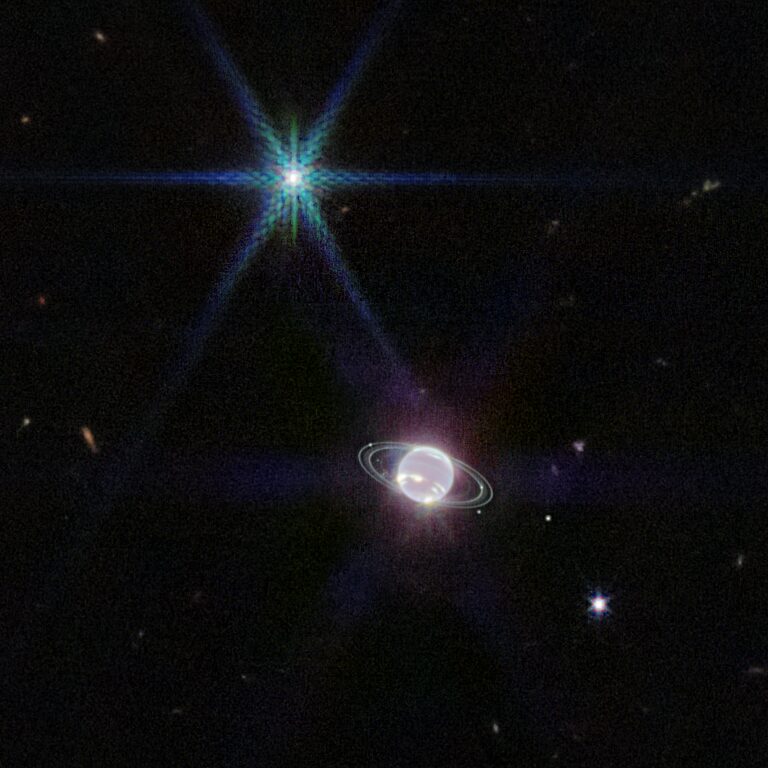
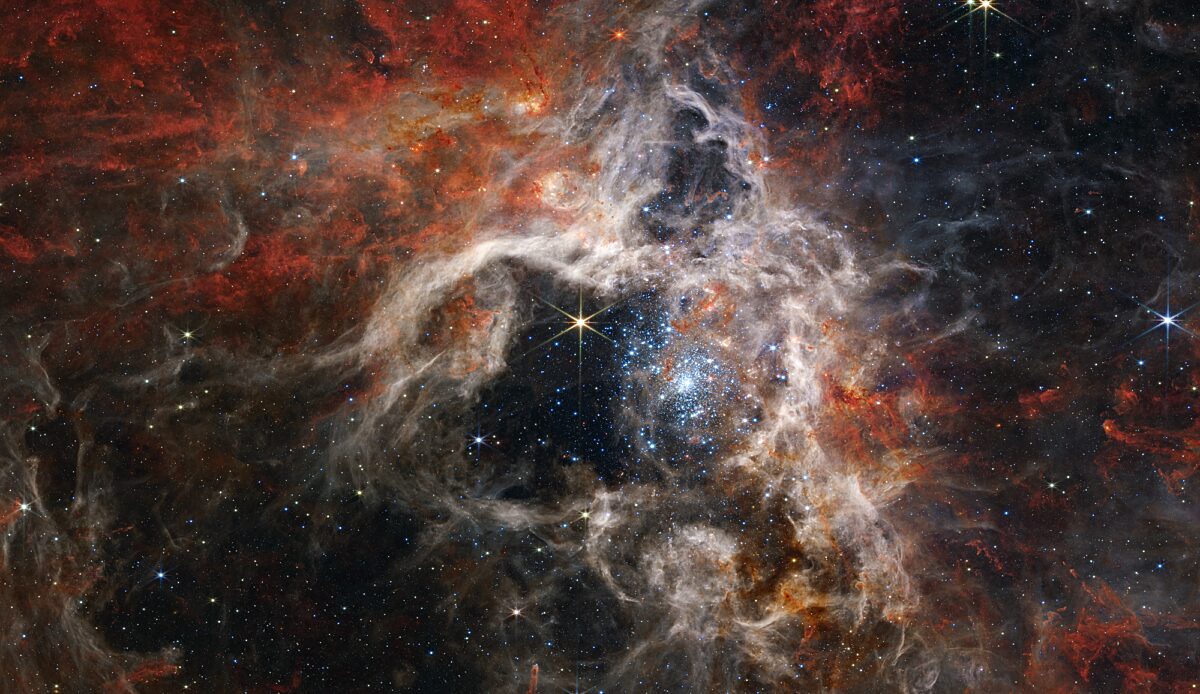
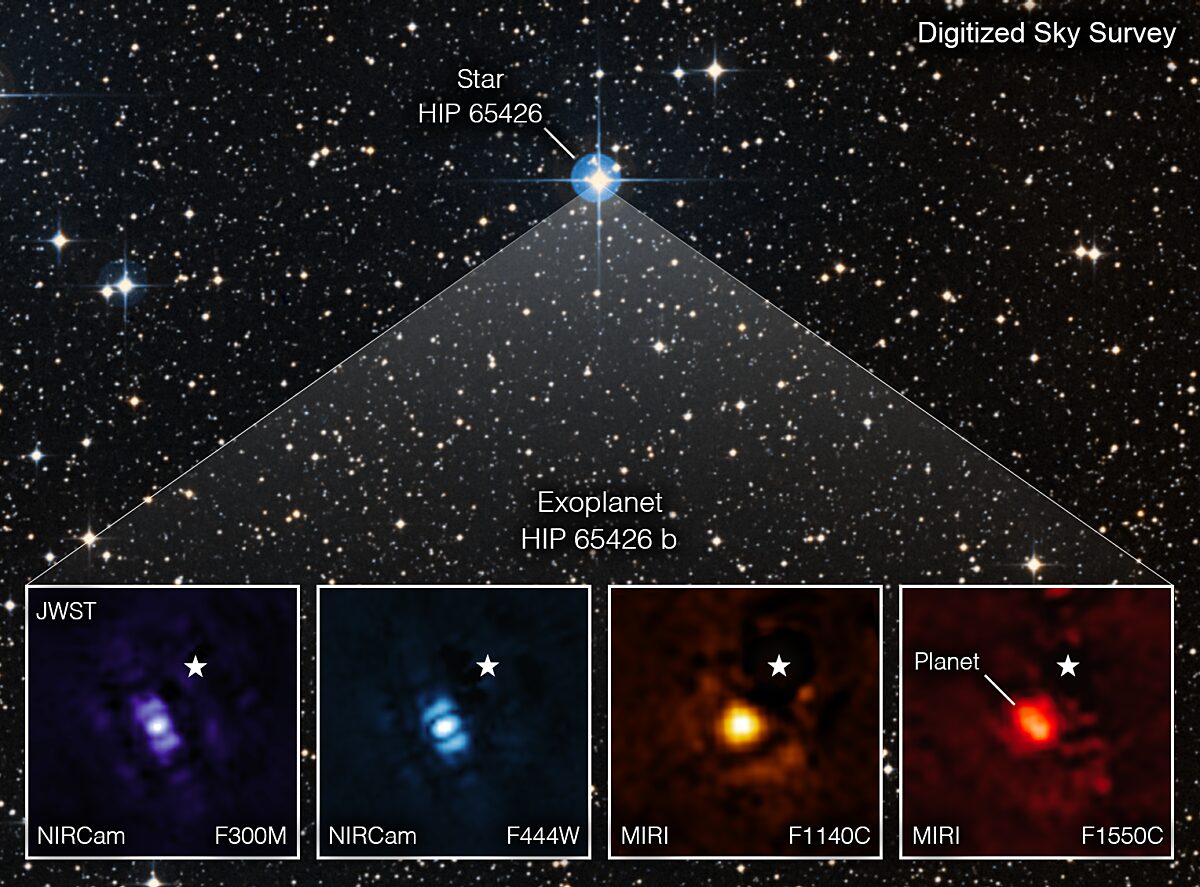
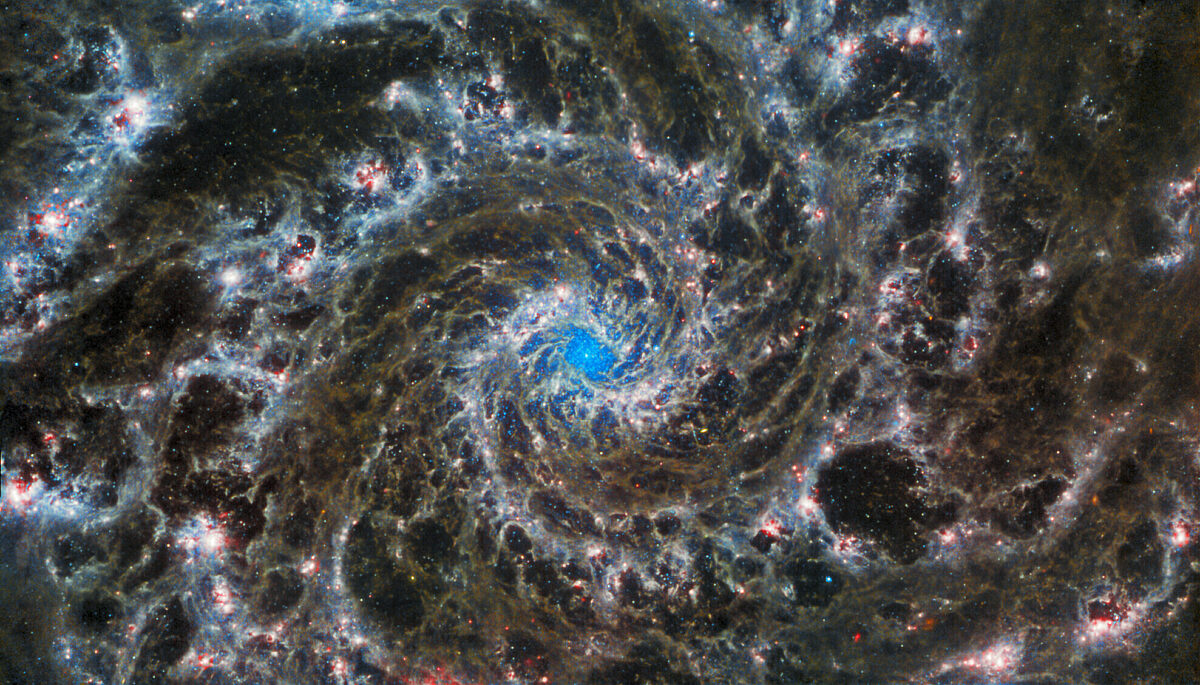


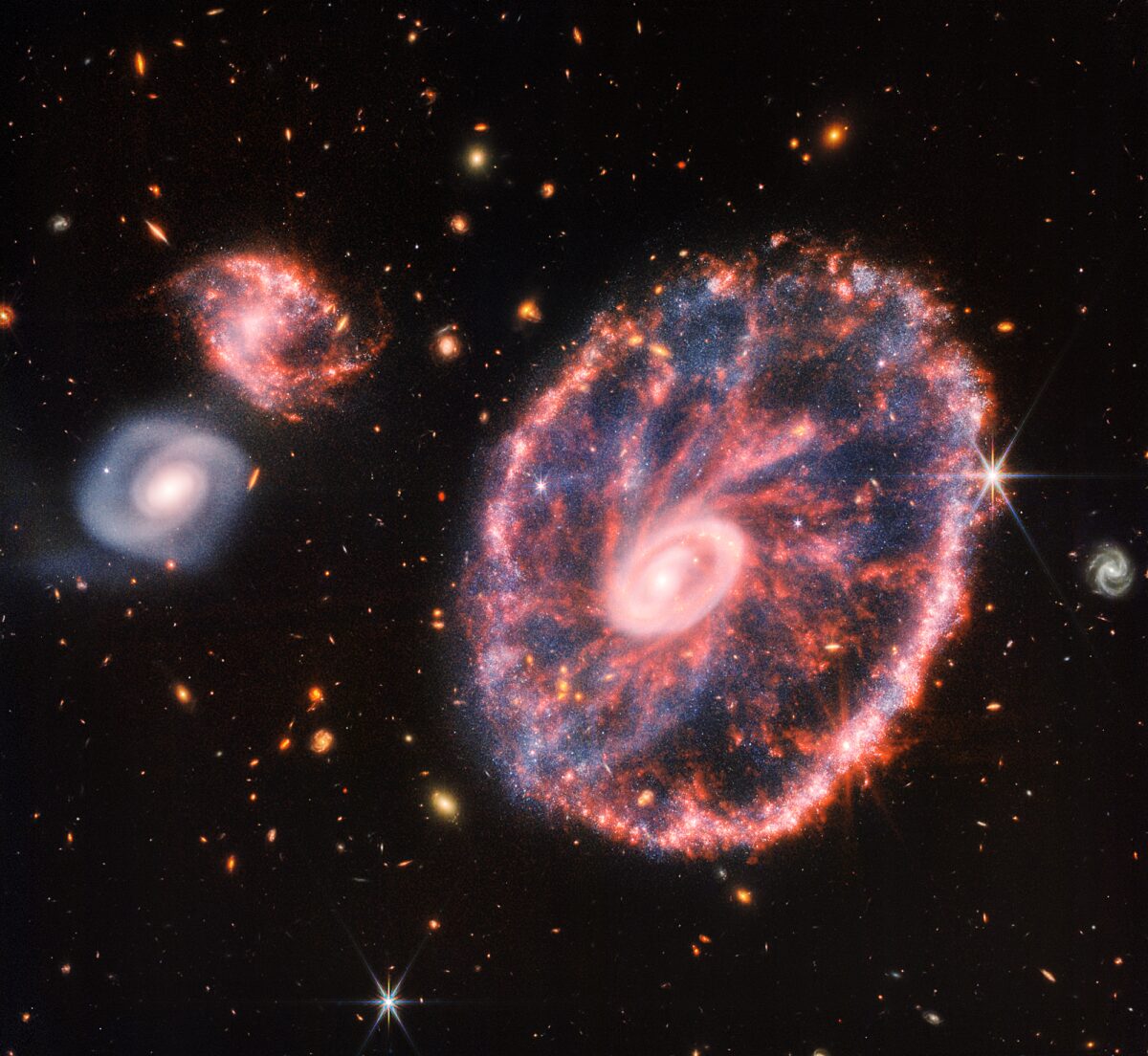
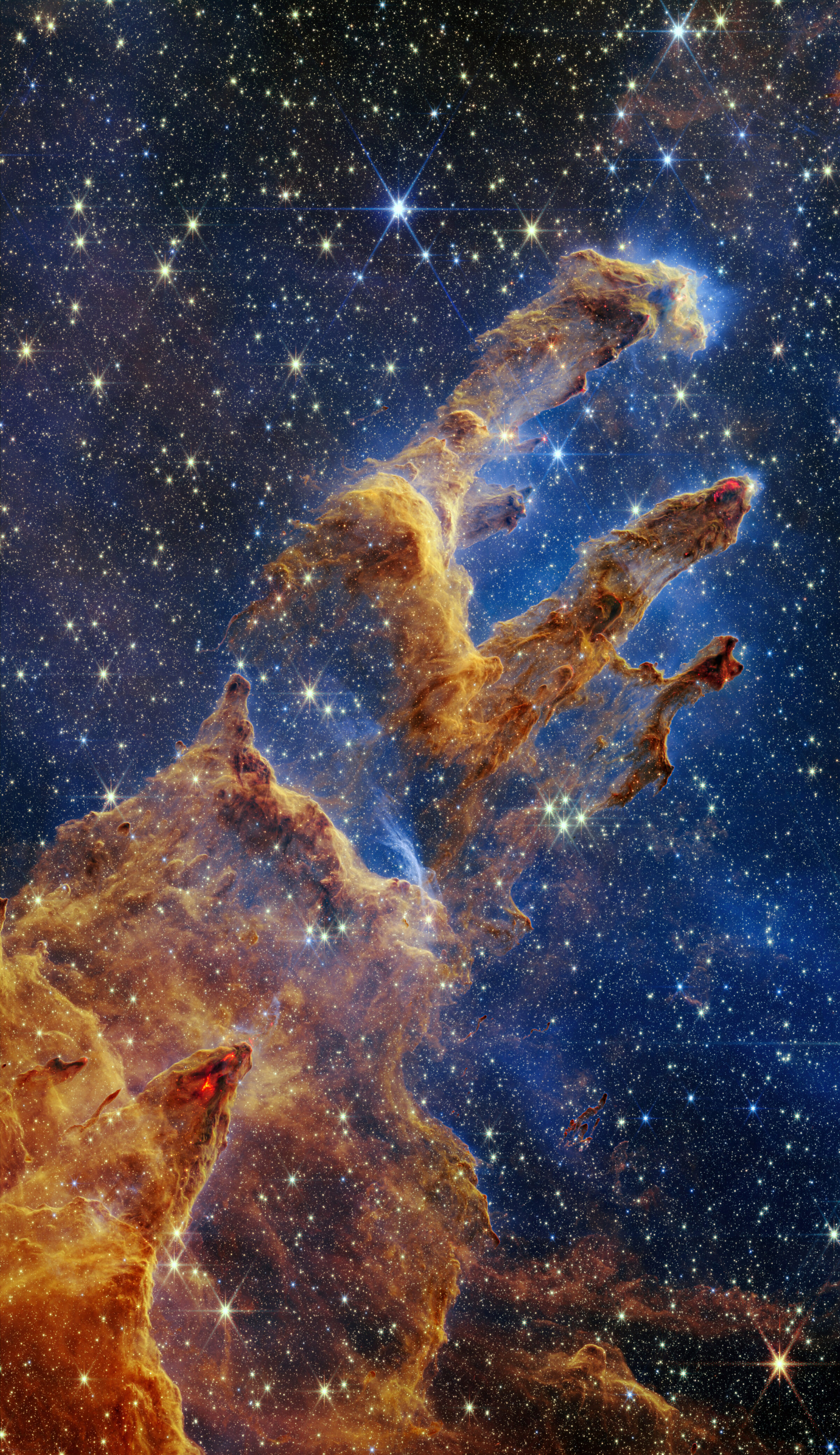
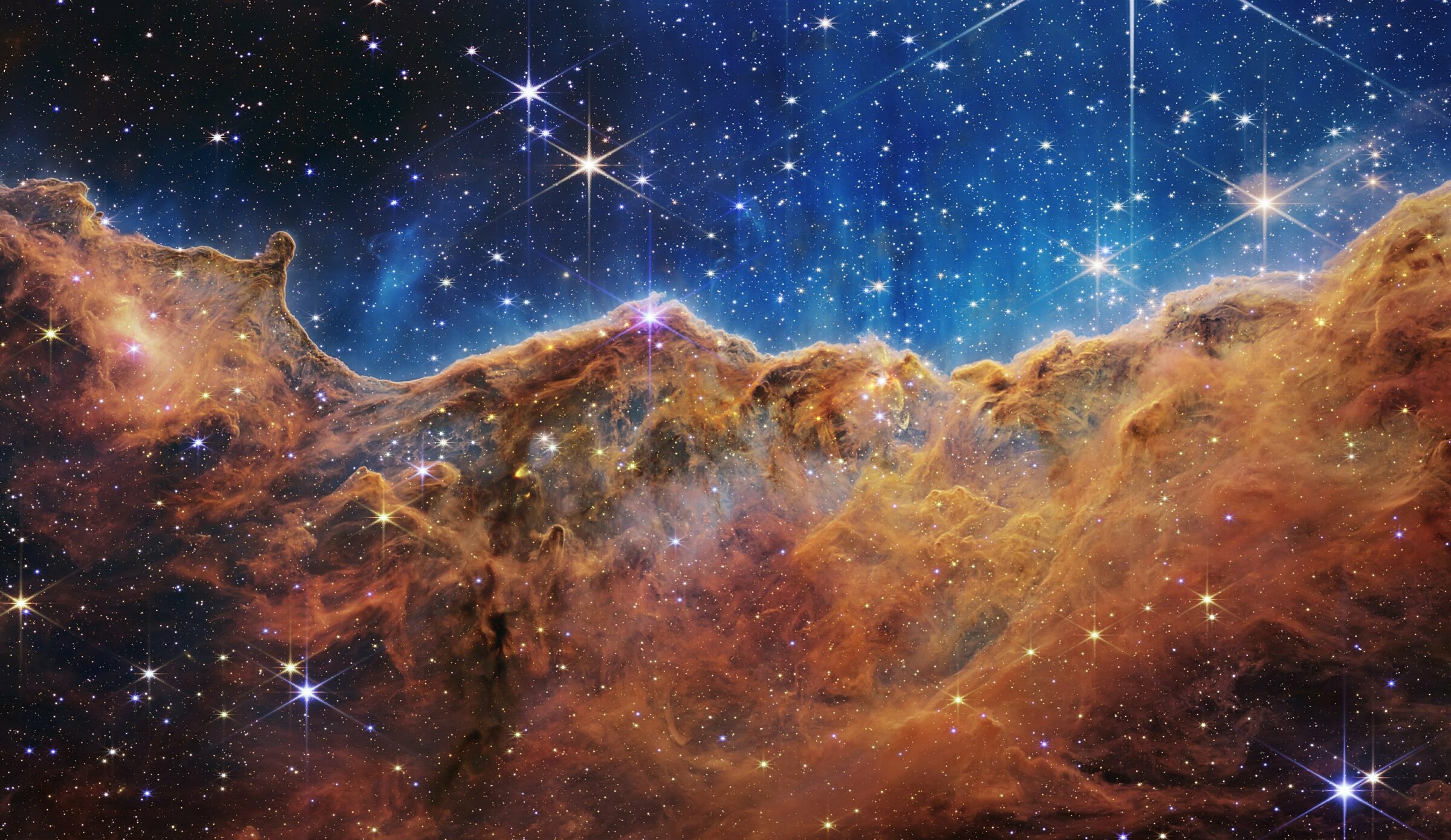

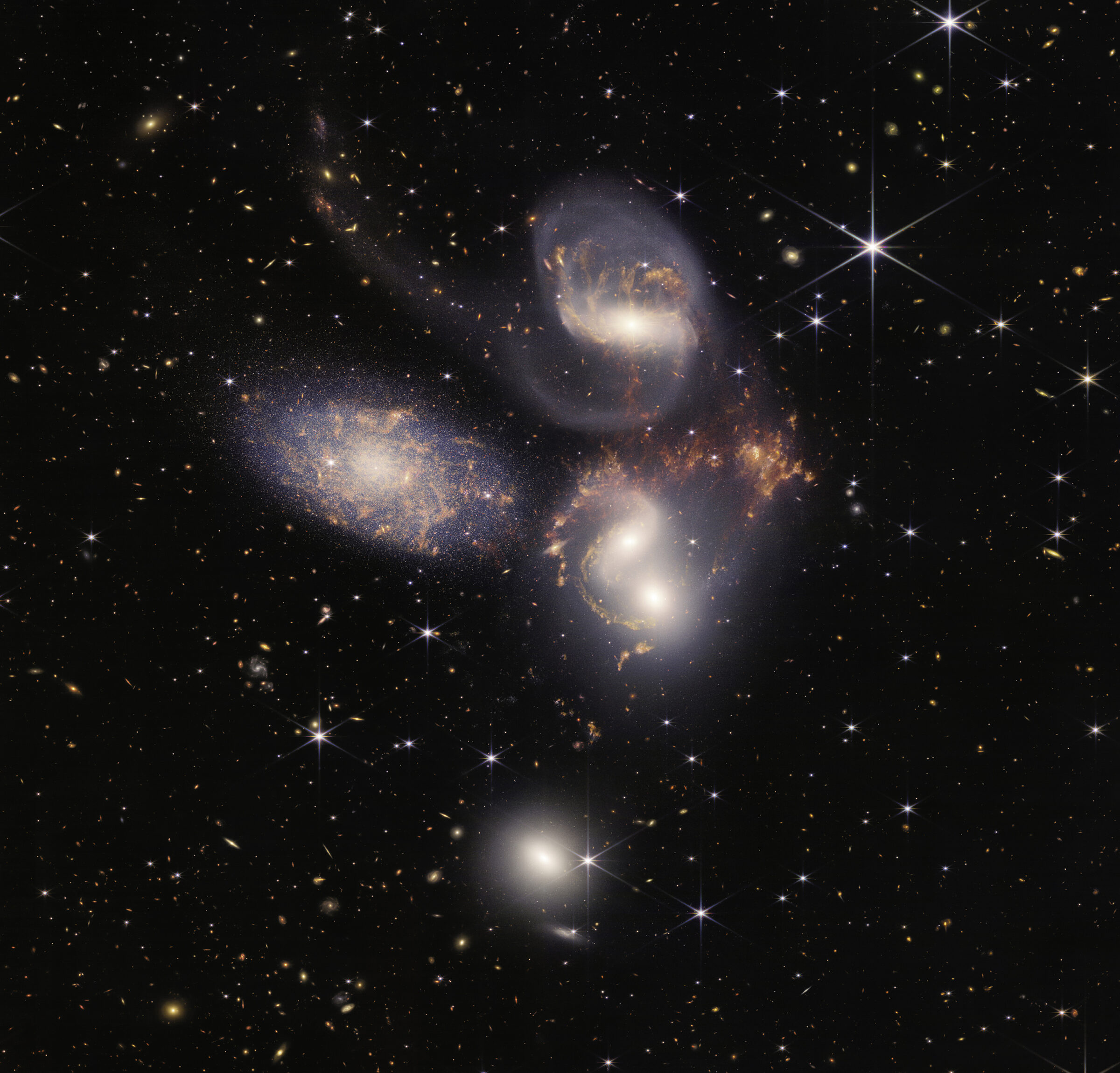


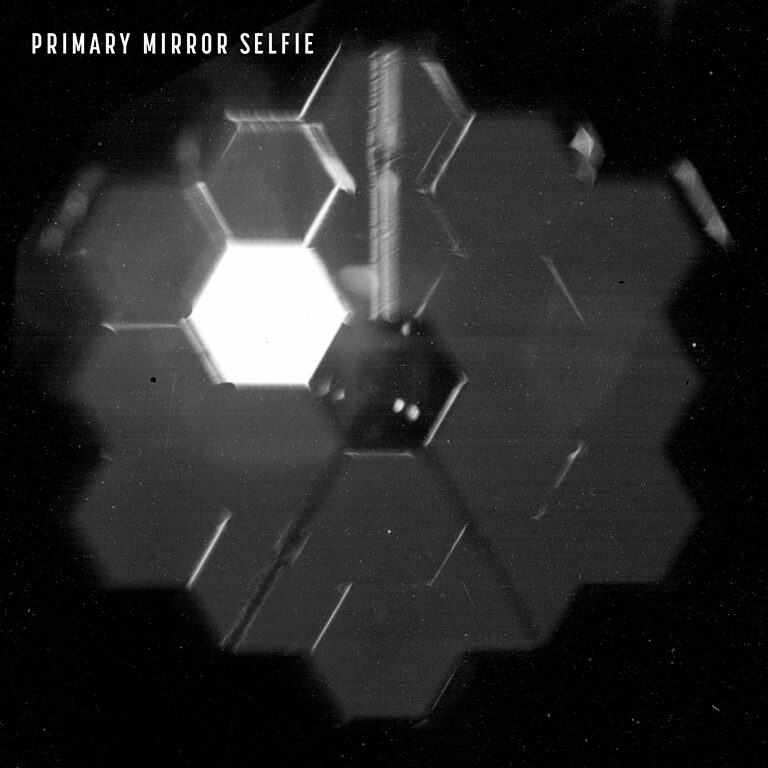


 Explore Worlds
Explore Worlds Find Life
Find Life Defend Earth
Defend Earth

